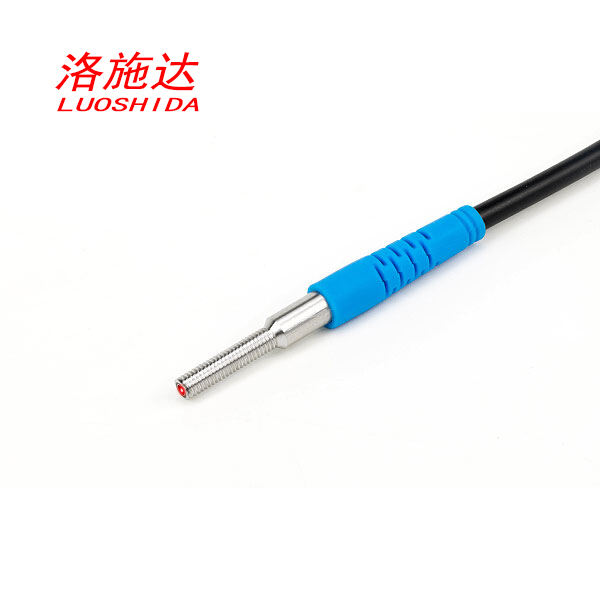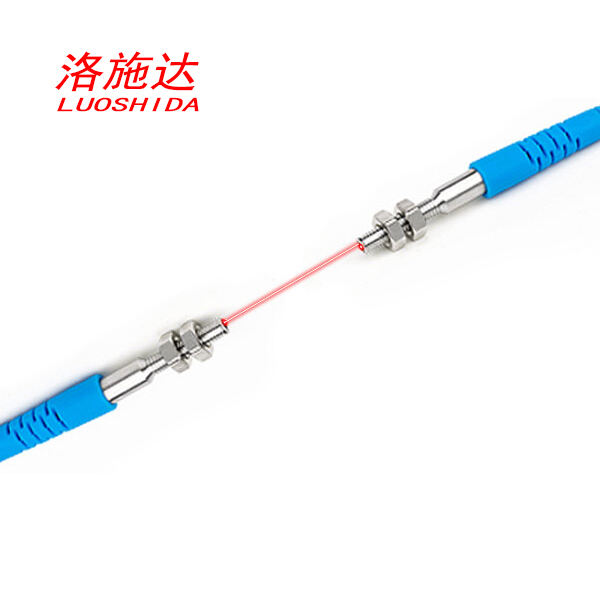Maximizing Performance with D3 Separated Mini Inductive Sensors: Benefits Overview
Understanding D3 Mini Inductive Sensors
The D3 Mini Inductive Sensors represent a smart way to detect metal objects without actually touching them. They work through electromagnetic fields that pick up on metal presence, which gives pretty accurate readings most of the time. Because they don't need direct contact, these sensors have become popular across different industries. We see them in automated assembly lines, quality control stations, and even safety systems throughout factories. Their ability to consistently deliver reliable results makes all the difference when precision matters most in manufacturing environments.
The D3 Mini Inductive Sensors stand out because they're really small, which makes installation much easier when there's not a lot of room to work with. Even though they pack such a tiny footprint, these little guys hold up surprisingly well in tough spots around factories and plants. They're built tough too, usually wrapped in solid stainless steel casing that keeps them going strong through all sorts of rough treatment. We've seen them keep working properly even after months in places where temperatures swing wildly from freezing cold to scorching heat, or areas filled with dust and debris that would normally gum up regular equipment. For anyone running machinery in less than perfect conditions, these sensors just make life so much simpler day after day.
Benefits of D3 Mini Inductive Sensors
D3 Mini Inductive Sensors have some pretty big pluses when it comes to solving today's automation problems. They're built small enough to squeeze into those really tight spots, which makes all the difference in places where every inch counts like on complicated production floors or packed assembly areas. Plus, they don't weigh much at all, so putting them into current equipment isn't a hassle, and their sensing capability stays strong even in tough conditions. When companies install these little guys, they tend to run into fewer headaches during setup and can generally add new sensing tech to their systems without tearing everything apart first. Most manufacturers find this saves time and money in the long run.
The D3 Mini Inductive Sensors work really well in lots of different situations which is why they fit so many industries. From cars to household gadgets and factory equipment too, these little guys handle all sorts of environments without breaking a sweat. Built tough enough to take whatever Mother Nature throws at them, they keep working even when temps go crazy or conditions get rough. For companies looking to save money while getting good results, this kind of flexibility means they can stick these sensors on almost any project without having to buy specialized versions for each application. That saves cash in the long run and keeps operations running smoothly no matter what comes next.
Applications of D3 Mini Inductive Sensors in Industrial Settings
The D3 Mini Inductive Sensors have become a key part of modern car factories. These little devices can spot metal parts like rings and fixtures on production belts with impressive precision. When these sensors work right, factory floors see fewer mistakes and faster output rates. They basically check if everything's in place before moving onto the next step in building cars. This means manufacturers keep their production lines running smoothly without unnecessary slowdowns or quality issues down the road.
On packaging and assembly lines, D3 Mini Inductive Sensors help detect those critical packaging components needed for proper sorting and handling tasks. These sensors play a key role in automated systems where metal parts need to be positioned just right. The result? Better accuracy throughout the whole operation, whether it's putting together products at the start or sealing packages at the end. What really stands out is how well these sensors work in all sorts of factory conditions, which explains why so many manufacturers rely on them day after day. From food processing plants to automotive factories, they keep production running smoothly while maintaining consistent product quality standards.
Maximizing Performance with D3 Mini Inductive Sensors
Getting the most out of D3 Mini Inductive Sensors requires proper calibration and routine checkups. Calibration really matters when it comes to keeping these sensors accurate and dependable in different factory environments. How technicians approach this varies depending on what the equipment needs. Some setups need constant tweaks while running, adjusting based on how things actually perform on the production floor. When engineers take time to test these sensors thoroughly, they make sure the devices match exactly what's needed for each particular job. That kind of attention makes all the difference in how well the sensors actually work day after day.
To keep these sensors working well over time, regular maintenance just makes sense. Dust and dirt buildup on the sensors will mess with readings, so cleaning them regularly is pretty important. Most folks find that doing quick checks every few weeks catches problems before they get serious. Where we place the sensors matters too. Putting them in spots where they won't get bumped around or exposed to extreme conditions helps them last longer and work better. This kind of care pays off in the long run. Sensors that are properly maintained give more accurate data, which means fewer unexpected shutdowns and better overall performance across manufacturing facilities.
Product Showcase: D3 Mini Inductive Sensors
The D3 Mini Inductive Sensors offer advanced solutions for precise and efficient sensing needs.
The DC M3 Ultra Mini Laser Sensor works in Diffuse Mode and was built to give reliable distance readings. Great for situations where quick but accurate measurements are needed, this little guy lets operators adjust settings to get just the right distance detection. What makes it stand out? Well, it has a really tiny spot size for pinpoint accuracy, plus the whole thing is wrapped in durable stainless steel casing so it can handle rough environments without breaking down over time.
The DC M3 Ultra-Mini Laser Sensor in Through Beam Mode is ideal for applications demanding precise obstacle detection through direct line-of-sight. This setup enables innovative automation applications by offering a substantial sensing range, thus ensuring reliable detection over longer distances.
Future Trends in Inductive Proximity Sensors
The future of inductive proximity sensors holds promising technological advancements. New materials and the integration of artificial intelligence are expected to significantly enhance the sensitivity and efficiency of these sensors. This evolution will lead to improved accuracy, making them even more versatile and reliable across various applications.
Smart manufacturing is getting a boost from inductive proximity sensors, which are becoming increasingly important in factory settings. When paired with IoT tech, these sensors give operators instant access to production data, making it easier to spot issues and adjust processes on the fly. Factories using this setup tend to run smoother operations overall. We're seeing this shift across many manufacturing sectors where machines do most of the work. Some plants report cutting down downtime by nearly 30% after implementing these connected sensor systems. While not every facility has made the switch yet, those that have often describe the difference as night and day compared to older monitoring methods.

 EN
EN
 AR
AR
 FR
FR
 DE
DE
 IT
IT
 JA
JA
 KO
KO
 PT
PT
 RU
RU
 ES
ES


